One day Rose-Lynn Fisher wondered if her tears of grief would look different compared to her tears of joy, so she began to explore them up close under a microscope.
She studied 100 different tears and found that basal tears (the ones that our body produces to lubricate our eyes) are drastically different from the tears that happen when we are chopping onions. The tears that come about from hard laughter aren’t even close to the tears of sorrow. Like a drop of ocean water each tiny tear drop carries a microcosm of human experience. Her project is called The Topography of Tears.
Tears from laughing until crying
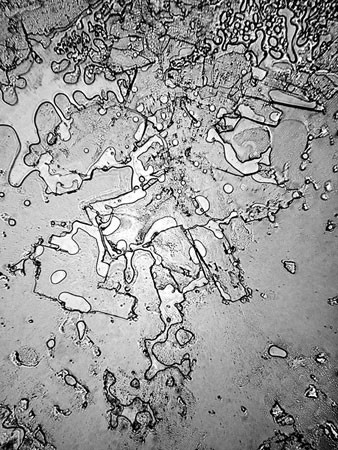
Tears of change
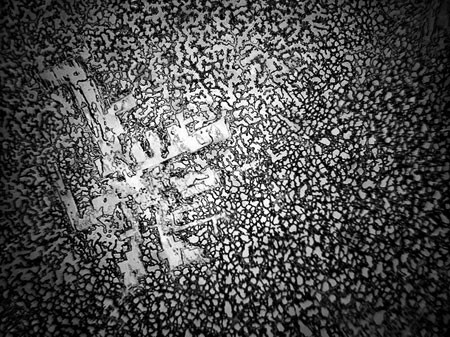

Tears of possibility and hope
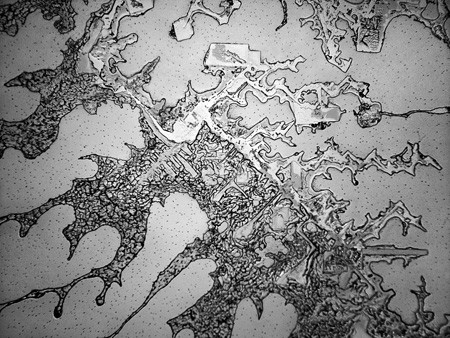
Tears of grief
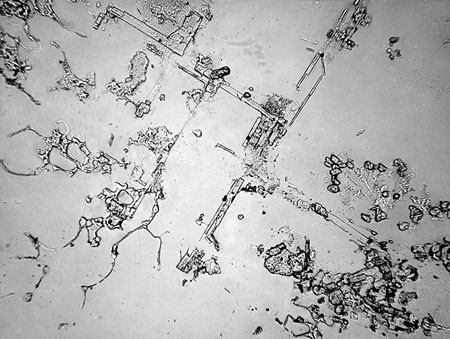
Tears from onions

Joseph Stromberg of the Smithsonian’s Collage of Arts and Sciences explained that there are three major types of tears: basal, reflex, and psychic (triggered by emotions). All tears contain organic substances including oils, antibodies, and enzymes and are suspended in salt water. Different types of tears have distinct molecules. Emotional tears have protein-based hormones including the neurotransmitter leucine enkephalin, which is a natural painkiller that is released when we are stressed. Plus, the tears seen under the microscope are crystallized salt and can lead to different shapes and forms. So even psychic tears with the same chemical composition can look very different. Fisher said, “There are so many variables—there’s the chemistry, the viscosity, the setting, the evaporation rate and the settings of the microscope.”
Basal tears
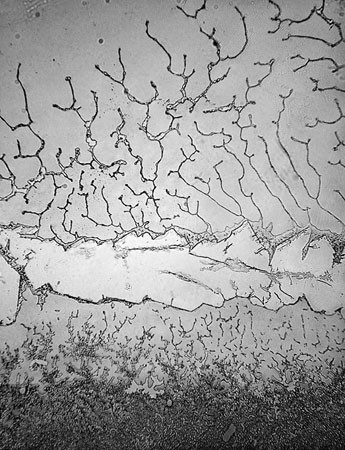
Tears of timeless reunion

Tears of ending and beginning
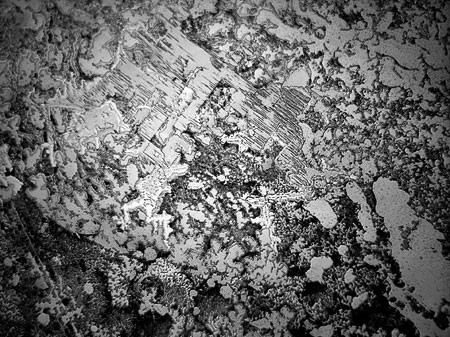
Tears of release
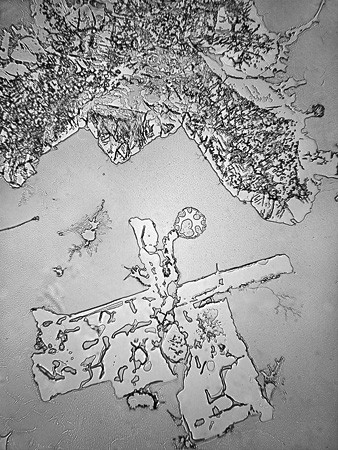
Tears of elation at a liminal moment
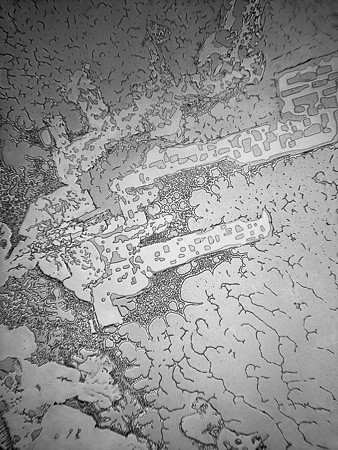
Tears of remembrance
Credit: Rose-Lynn Fisher
Like snow flakes and fingerprints, no tears are alike
Source: Life Buzz





